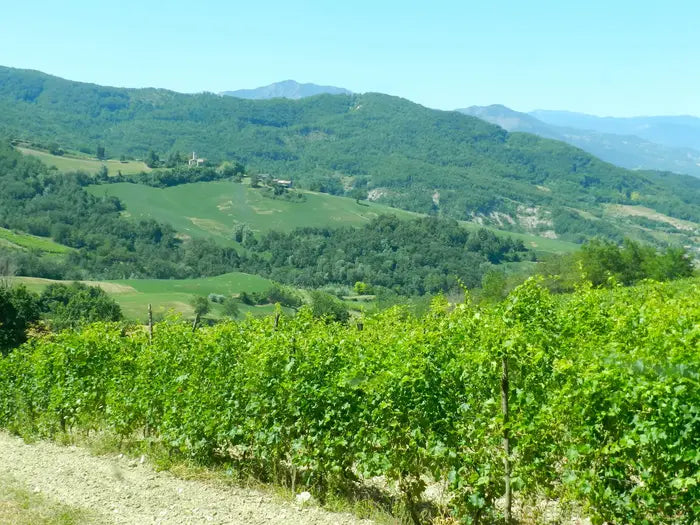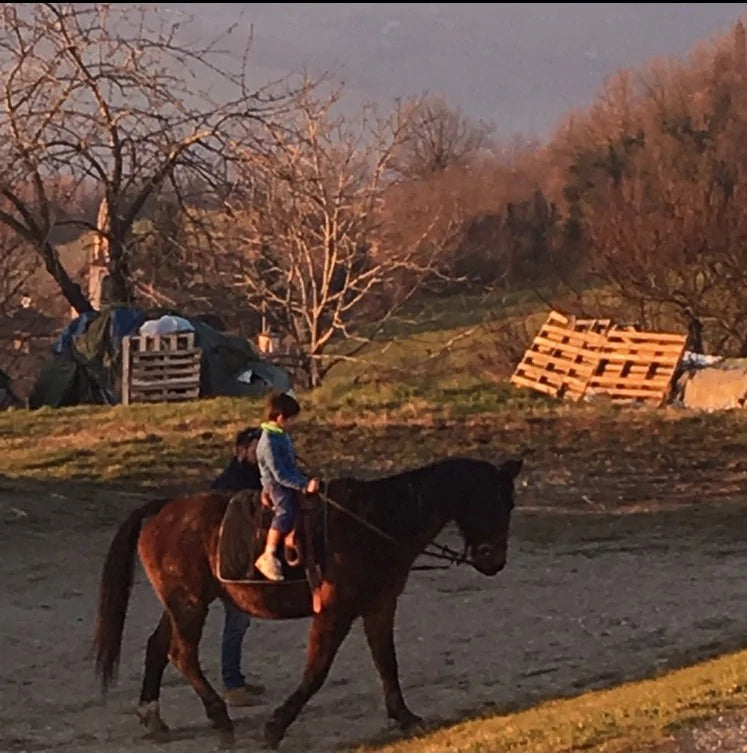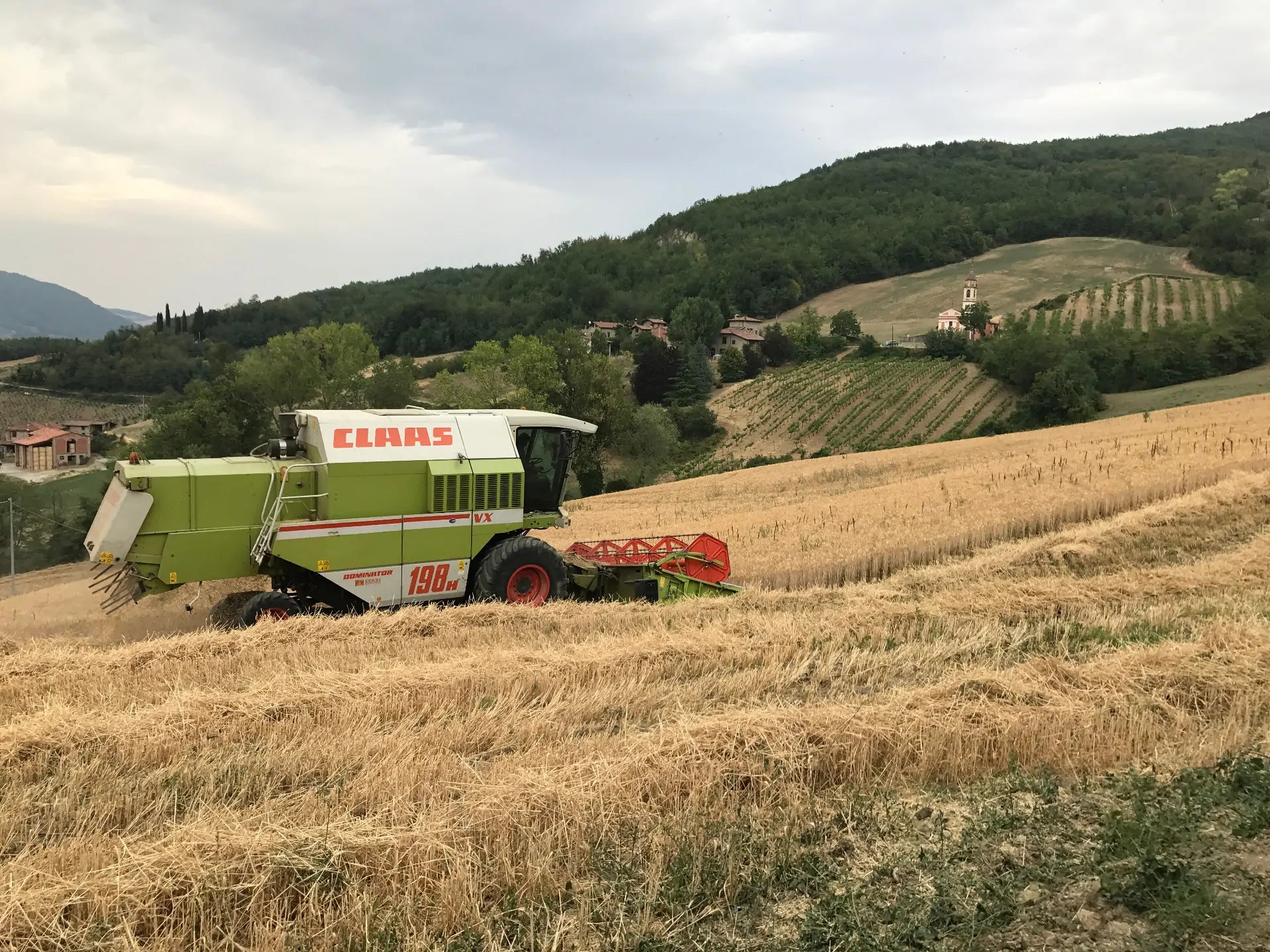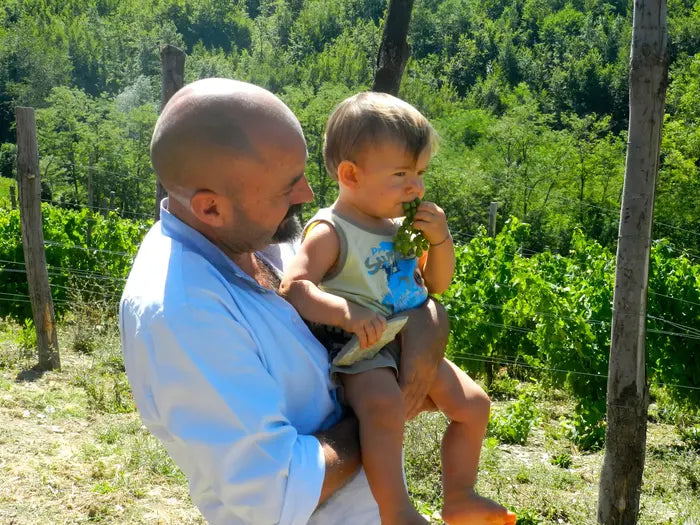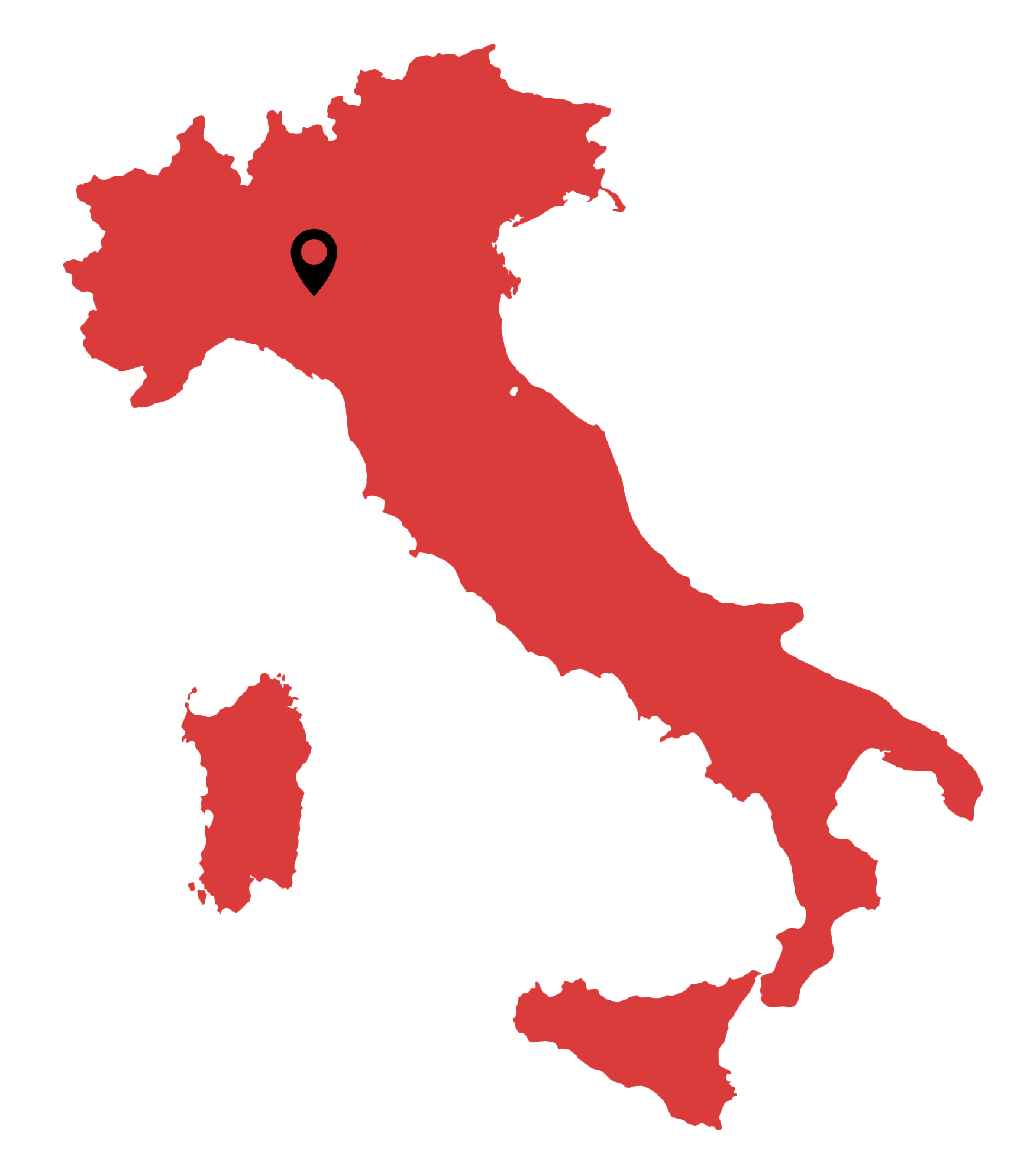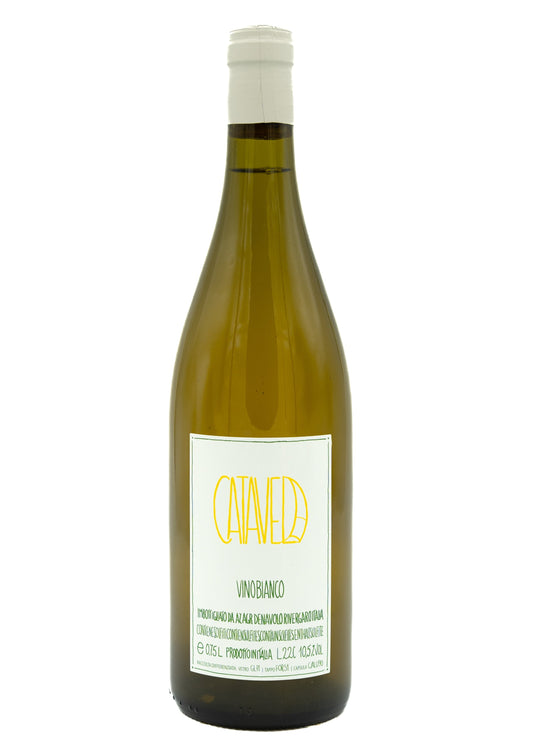DENAVOLO
GIULIO ARMANI
Emilia-Romagna, Italy
Giulio Armani is a pioneer of natural winemaking since the 70s and on the search for an authentic Emilian wine with an ancient charm, decided to buy some plots to start his own personal wine project in 2005. While Giulio is constantly experimenting with his wines, certain things remain constant, like the use of sustainable practices, natural fermentation and no additions of sulphites.
QUICK FACTS
ESTABLISHMENT
2005
PRODUCTION SIZE
About 20,000 bottles
AREA
5 hectares located in foothills of the Apennines at an altitude between 350 and 600 meters above sea level.
GRAPES
Malvasia di Candia Aromatica, Ortugo, Marsanne, Trebbiano and a little of Santa Maria and Sauvignon Blanc.
SOILS
Clay and limestone
VINES
The oldest vines were planted in 1975. 3 hectares of new vines were planted in 2008/2009 at an altitude of 500-600 meters.
WINEMAKING STYLE
His white grapes are vinified like red wines, using the whole fruit including pulp and skin. Fermentation is spontaneous with indigenous yeast. Skin maceration can vary depending on wine type between 2 and 8 months.
FUN FACTS
Although the estate is fragmented into a few plots of land, the vines are no more than 10 kilometers from the winery.
MORE OF DENAVOLO
DENAVOLO LOCATION
-
Denavolo Catavela 2023
Regular price HK$220.00Regular priceUnit price / per -
Denavolo Dinavolo 2022
Regular price HK$380.00Regular priceUnit price / per
BACKGROUND OF NATURAL WINE IN EMILIA-ROMAGNA, ITALY
Located in northern Italy, Emilia-Romagna is a renowned region known for its rich culinary heritage and diverse wine production. Have you heard of Parmigiano Reggiano, Prosciutto di Parma, balsamic vinegar or Lasagne all Bolognese? They all come from this region! Emilia is mostly flat, dominated by Italy's longest river - Fiume Po - and by Italy's largest flatland, called Pianura Padana, the most fertile agricultural region of the peninsula. With its fertile plains and favorable climate, Emilia-Romagna continues to be a significant contributor to Italy's wine culture and gastronomic reputation. In terms of wine production, it is best known for its sparkling Lambrusco.
Organic, Biodynamic and Natural wine. What’s the difference?
To understand this concept and its various ramifications, it is necessary to keep something clear in mind: before the 20th century and the spreading of affordable synthetic fertilisers, all farming was organic. When the shift to the use of synthetics and pesticides happened, it became necessary to diversify traditional organic farming from the new modern farming.
ORGANIC WINE
Simply put, organic farming forbids the use of synthetic fertilisers, synthetic pesticides, herbicides, or genetically modified organisms. The basic requirements are generally specific and engage the farmers not to use any chemical fertilisers and other synthetic products in the vineyard. It does not prevent the vintner from using the conventional winemaking process after harvesting.
BIODYNAMIC WINE
Let’s take organic farming one step further: Biodynamic. The creator of this agricultural system is the Austrian philosopher Rudolf Steiner, who developed the principles of biodynamics in a series of lectures given in 1924 in Germany. Here lies the foundation of true organic wines, with a strict limit in the use of additives, stringent requirements and at the end obtaining a biodynamic certification.
NATURAL WINE
The previous definitions are usually, and rightfully, associated with it, because most natural wine is also organic and/or biodynamic. But not vice versa!
Natural wine is wine in its purest form, simply described as nothing added, nothing taken away, just grapes fermented. No manipulation whatsoever, minimal intervention both in the vineyards and in the winery. Healthy grapes, natural yeast and natural fermentation, with no filtration nor fining. Sounds easy, right? However, making natural wine is unforgiving and it requires a bigger amount of work than conventional wine. To this day, natural wine has no certification yet.


